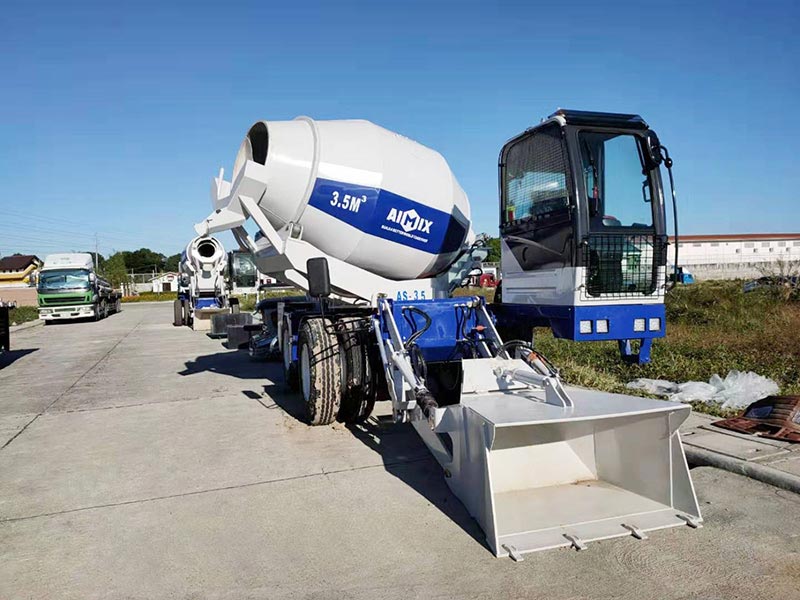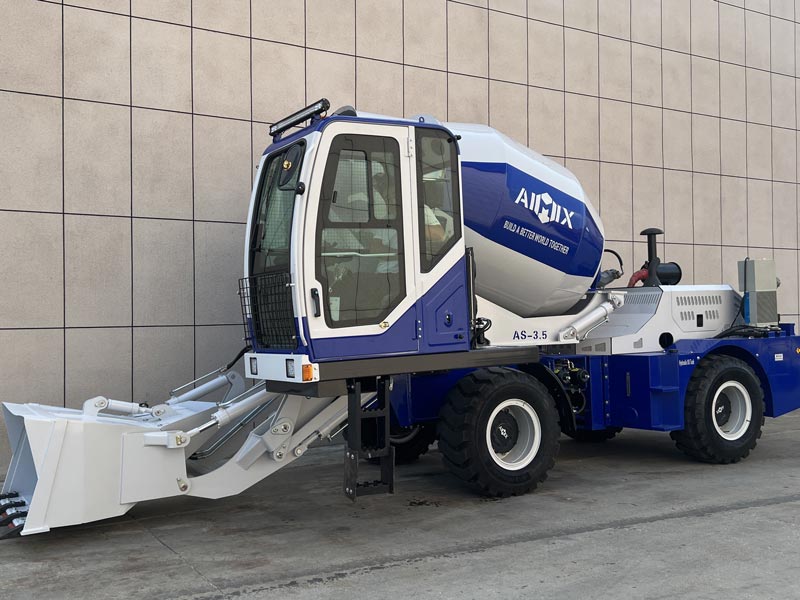Concrete mixer operators face numerous hazards daily. New safety standards aim to enhance their protection. These standards affect self loading, mobile, small, and portable concrete mixers. Understanding these changes is crucial for manufacturers and customers.
Importance of Safety Standards
Safety standards reduce workplace accidents and injuries. They provide guidelines for operating equipment safely. Compliance ensures a safer working environment for operators.
Concrete mixers, despite their utility, pose risks. Operators handle heavy machinery and hazardous materials. Safety standards help mitigate these risks effectively.
Adopting these standards benefits everyone. Manufacturers improve product safety, and customers gain confidence. It fosters a culture of safety and responsibility in the industry.

Key Changes in Safety Standards
The new standards introduce several key changes. Enhanced protective measures for operators are a priority. These measures include improved guarding and safety controls.
Manufacturers must ensure mixers meet specific requirements. These requirements cover design, operation, and maintenance. Compliance guarantees safer equipment and operations.
Training becomes more comprehensive under new standards. Operators need detailed knowledge of safety protocols. Manufacturers provide training to ensure adherence to safety practices.
Impact on Self Loading Concrete Mixers
Self loading concrete mixers benefit from these standards. Enhanced safety features protect operators during loading and mixing. These features include automatic shut-off systems and improved visibility.
Manufacturers focus on ergonomic designs. These designs reduce operator fatigue and enhance safety. Operators experience less strain and better control.
Customers appreciate these improvements. They gain the concrete self loading mixer that prioritize operator safety. This focus on safety enhances product appeal and value.

Mobile Concrete Mixers and Safety Enhancements
Mobile concrete mixers require specific safety measures. Their mobility demands robust safety features. New standards address these needs effectively.
Manufacturers enhance stability and control features. These enhancements prevent accidents during transport and operation. Improved braking systems and stability controls are examples.
Customers benefit from safer mobile concrete mixer for sale. These mixers offer reliable performance and heightened safety. They support projects with stringent safety requirements.
Portable Concrete Mixers: New Safety Features
Portable concrete mixers represent convenience and efficiency. New safety standards enhance these attributes. Manufacturers incorporate advanced safety features in portable designs.
Technology plays a vital role in these improvements. Features like remote monitoring and automated alerts enhance safety. These technologies enable proactive safety management.
Customers appreciate the adaptability of portable mixers. They enjoy the flexibility and advanced safety features. These mixers support diverse projects and stringent safety demands.

Small Concrete Mixers: Safety Considerations
Small concrete mixers also adapt to new standards. These mixers are common in residential and small-scale projects. Safety improvements enhance their usability and reliability.
Manufacturers focus on user-friendly designs. These designs include intuitive controls and safety locks. Operators find them easier and safer to use.
Customers recognize the value of these enhancements. They receive mixers that meet high safety standards. The small concrete mixer machine delivers quality and peace of mind in various applications.
Challenges in Implementing New Standards
Implementing new safety standards presents challenges. Manufacturers must invest in research and development. These investments ensure equipment meets updated requirements.
Training is another crucial aspect. Operators need comprehensive training on new safety features. Manufacturers provide resources and programs to facilitate this training.
Compliance with regulations demands ongoing effort. Manufacturers work closely with regulatory bodies. This collaboration ensures adherence to safety standards.
Strategic Approaches for Manufacturers
Manufacturers adopt strategic approaches to implement standards. Collaboration with safety experts enhances design and innovation. These partnerships drive safety improvements across the industry.
Investing in technology is essential. Manufacturers explore advanced safety solutions. These solutions optimize equipment safety and performance.
Flexibility in production processes supports adaptation. Manufacturers adjust operations to incorporate new safety features. This flexibility ensures responsiveness to evolving standards.
Customer Considerations in Safety Adaptation
Customers should consider several factors when choosing mixers. Evaluating mixer compliance with safety standards is important. Safety, quality, and efficiency are key considerations.
Understanding the benefits of enhanced safety features aids decision-making. New standards improve operator protection. Customers can align their projects with safety initiatives.
Budgeting for advanced mixers is crucial. While costs may vary, investing in safety pays off. Customers should weigh initial costs against long-term benefits.
Conclusion
New safety standards for concrete mixer operators are essential. They impact self loading, mobile, small, and portable concrete mixers.
Manufacturers and customers must navigate challenges and opportunities. Strategic approaches and innovative designs drive success.
Understanding these standards enhances industry safety. Collaboration and investment ensure smooth adaptation.
Ultimately, embracing enhanced safety benefits manufacturers, customers, and operators. This transition supports a safer and more successful future for the concrete industry.
